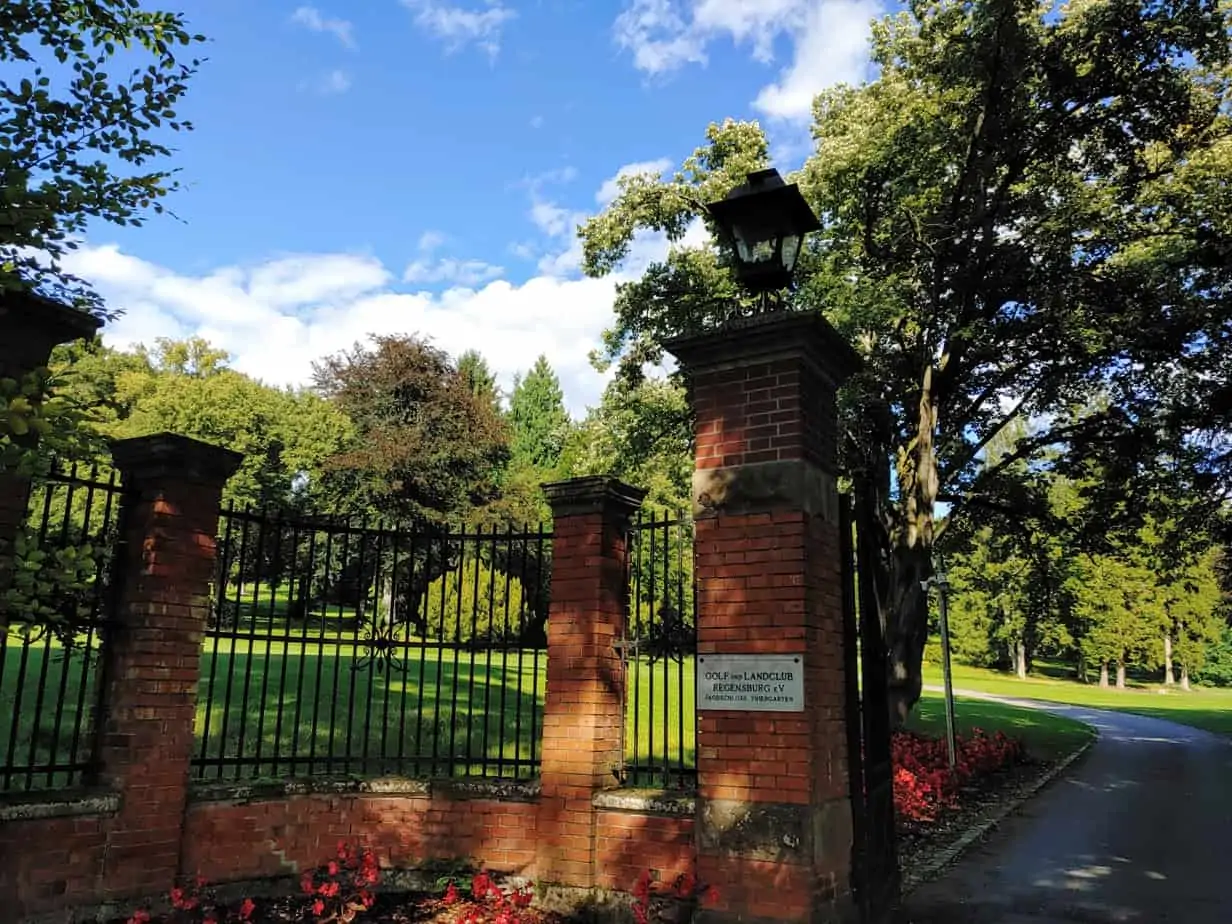G&LC Regensburg: Gold in record time
“Natural maintenance of the golf course must be standard from the start” – Christian Löffl, Head Greenkeeper of the Regensburg Golf and Country Club in Germany, is standing on the 18th green of the traditional golf course in the Bavarian Danube floodplain and looks at the grass. His grass – the man has the stalks on the 18 fairways under control. Even in difficult years like these, when too much and too heavy rainfall causes the moss to sprout and achieving top greens is not always easy.
Löffl’s recipe for success is actually simple: constant observation, natural care, trying things out and assessing them with expertise. “There’s always something new coming up,” he sums up, looking at the trees along the fairways, which have been a particular challenge for him for years. The golf course in the Thiergarten owned by the Thurn and Taxis family thrives on the ancient giant trees that line the fairways here. “Without the trees, the whole golf course loses its atmosphere.”
Gold certification in record time
It is not only the exemplary handling of the trees to which the G&LC Regensburg owes its gold certification in the Golf & Nature program of the German Golf Association . In 33 months, the Bavarian Golf Association course passed all three certification levels bronze, silver and gold. Record speed, it can hardly be faster.
“The most important things are the gas station, washing area and the oil separator,” Löffl notes as he walks around the greenkeeper’s work building. Occupational safety, environmentally friendly disposal, a well-managed machine park – this is part of the mandatory program at Golf & Nature.
Some other positive details in Regensburg are part of the freestyle: the fact that Löffl has switched to the natural sheep grazing of various roughs for years, for example. The honey bees or the 300 bird houses. The facility is actually an Eldorado for the animals anyway: there are the kingfisher, the hoopoe, the oriole – and the beaver.
Pilot project with oxen
The latter forced Löffl to come up with a new, unusual idea: After the agile rodent has dammed up a large area beyond lane 16 and turned it into a swamp area that the greenkeeping team can no longer free from the overflowing plants, aurochs will clear the area in 2022. It is an attempt that is rather unusual in the German golf scene. Löffl is pretty sure that he will be crowned with success.
He explains the details of his work to the golfers he meets on his round of the golf course. Why the edges along some fairways are so valuable as a home for wild bees. Why it makes sense to leave the young growth between the giant trees and observe them first, and only retrain the best shoots later. “The young trees are adapting to climate change,” he recognized. “They often cope much better with the circumstances.”
Of course, in the end it is the golf course that is most important from a sporting point of view. Löffl, himself an excellent golfer, knows that. But the golf courses alone are only half as beautiful without nature as a backdrop. “That’s why I’ve been taking care of all the trappings quite a bit for years,” he notes. In this case, the surroundings are centuries-old trees, which are only found in this concentration on a few German golf courses. Without them, the round of golf is far less impressive.








